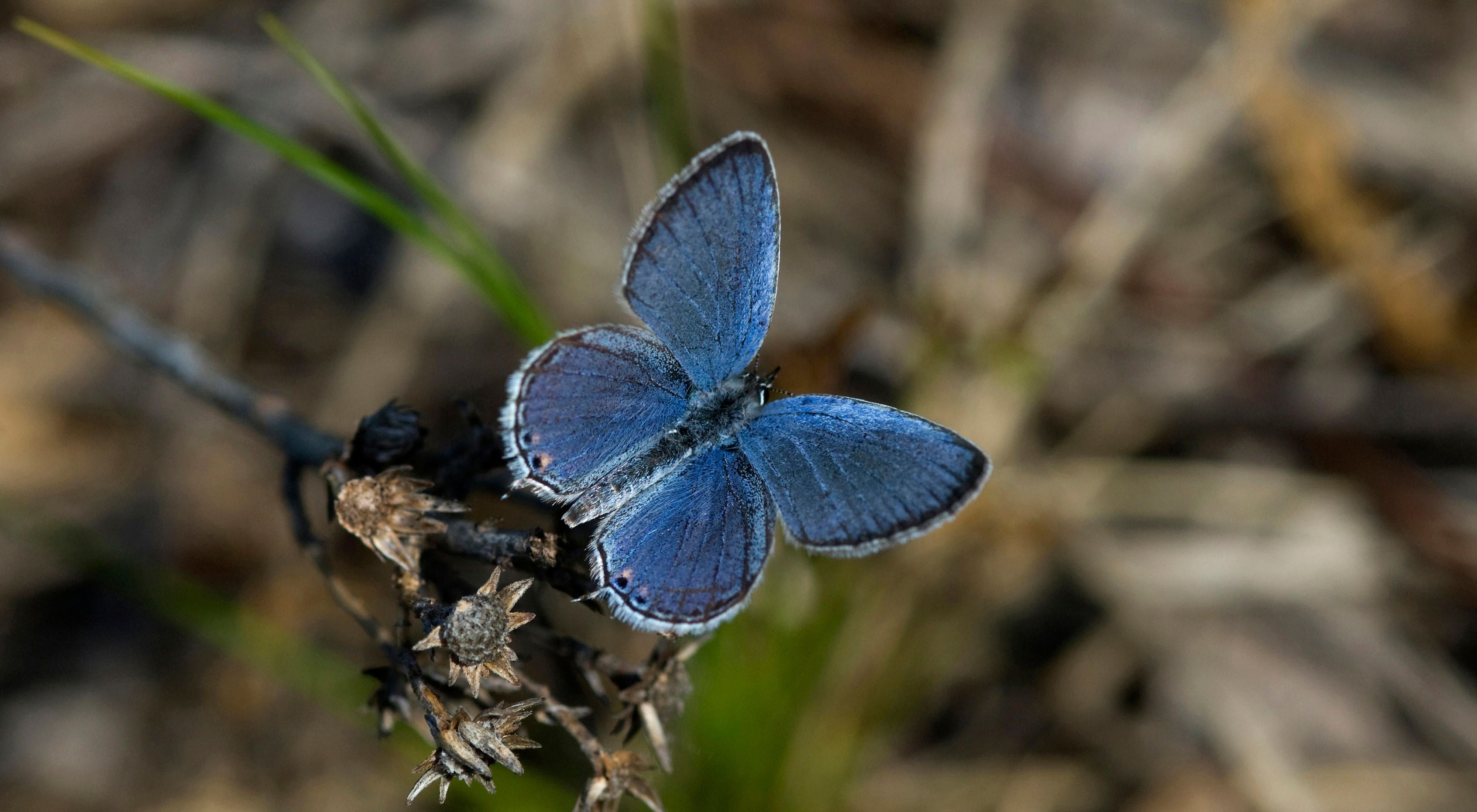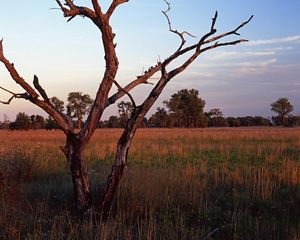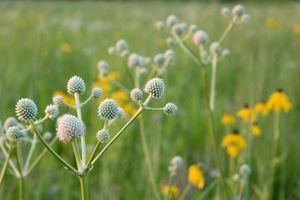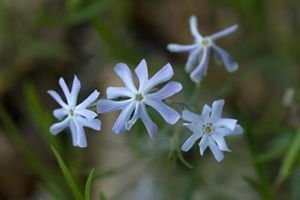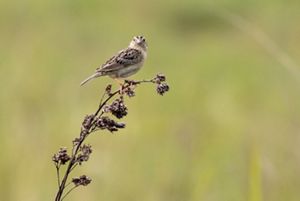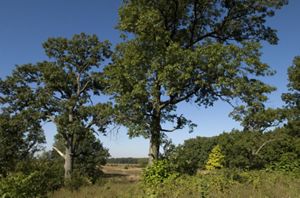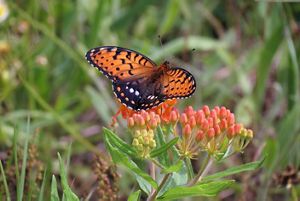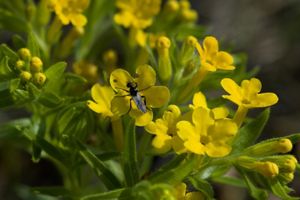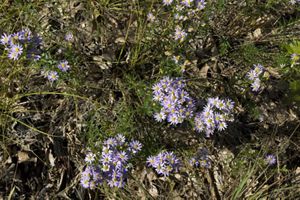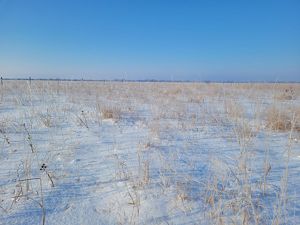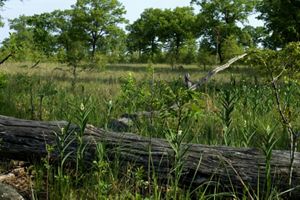Description
Kankakee Sands takes its name from its sandy soils, which support globally significant oak barrens, prairies and sedge meadows. This region offers rich habitat for birds and small animals. The Mskoda Sands preserve contains some of the best examples of black oak barrens in the Midwest. Unspoiled sand dunes and swales stretch as far as the eye can see.
The Kankakee Sands region presents an unequaled opportunity to protect a naturally functioning landscape, which remains almost unchanged since pre-settlement times.
Why TNC Selected This Site
Oak savanna once covered about 27 to 32 million acres of the Midwest. By 1985, only 113 sites remained. Development has dramatically impacted the natural processes needed to maintain quality oak savanna ecosystems, making all the more important the preservation of what remains.
At nearly 1,800 acres of oak savanna, this preserve is part of a cross-state TNC project, on the border between Illinois and Indiana an hour south of Chicago. The project supports one of the greatest concentrations of black oak savannas remaining in the United States.
